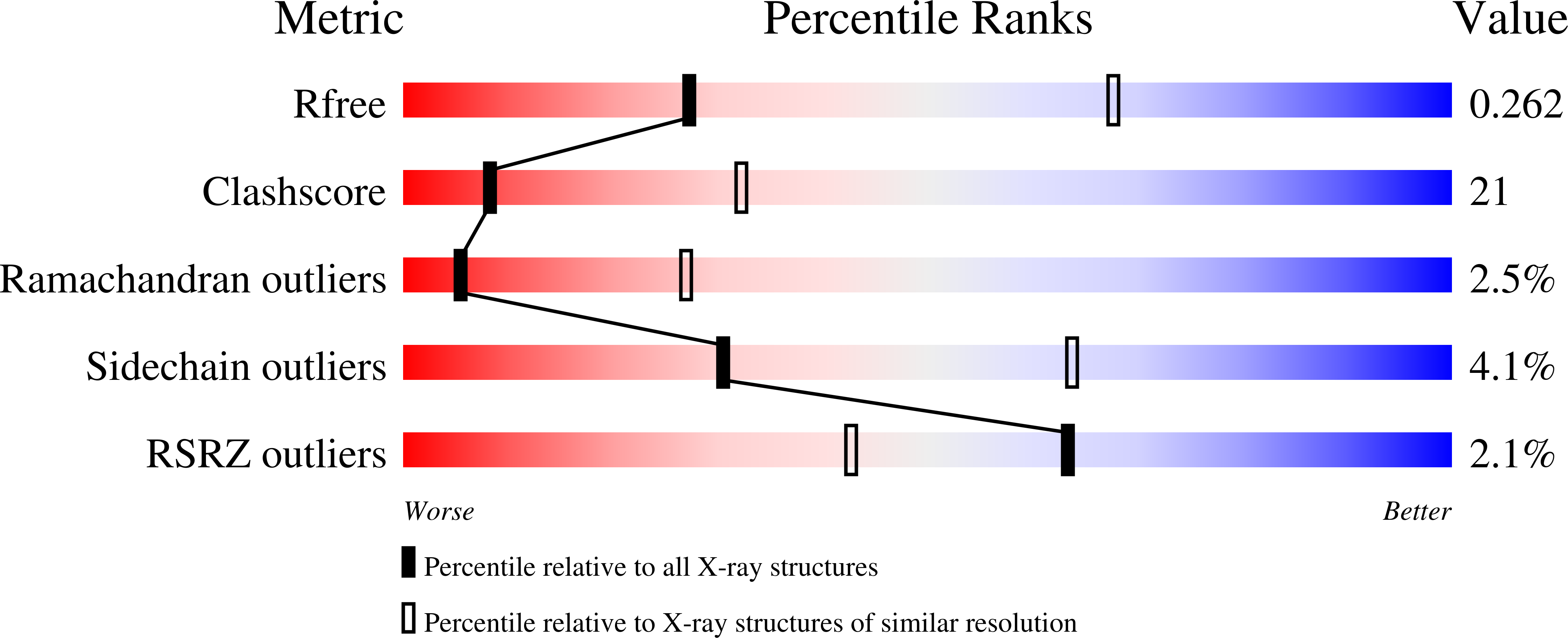
Deposition Date
2006-09-19
Release Date
2007-01-09
Last Version Date
2023-08-30
Entry Detail
PDB ID:
2IES
Keywords:
Title:
Crystal Structure of Aquifex aeolicus LpxC Complexed with Pyrophosphate
Biological Source:
Source Organism:
Aquifex aeolicus (Taxon ID: 63363)
Host Organism:
Method Details:
Experimental Method:
Resolution:
3.10 Å
R-Value Free:
0.27
R-Value Work:
0.23
Space Group:
P 61


